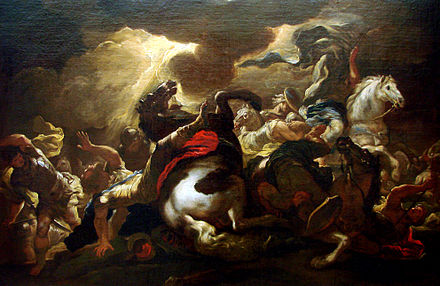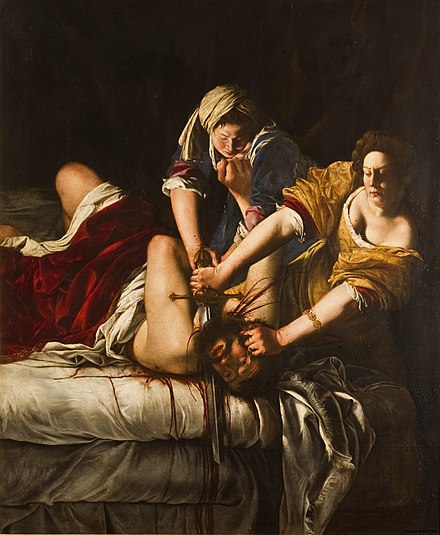Short Bio
Michelangelo Merisi da Caravaggio, born September 29, 1571, in Milan, Lombardy, and passing on July 18, 1610, in Porto Ercole, Tuscany, was an Italian painter considered one of the pioneers of Baroque painting, significantly influencing the Baroque style with his dramatic use of lighting and realistic depiction of human figures.
Caravaggio is renowned for his intense and unsettling naturalism, which brought a new level of emotional intensity and realism to biblical and mythological subjects. His innovative technique, known as tenebrism—using stark contrasts between light and dark to achieve a sense of volume and depth—was revolutionary.
Despite his tumultuous life, marked by brawls, legal troubles, and a murder charge leading to a death sentence, Caravaggio's work had a profound impact on the art world. His masterpieces, such as "The Calling of St. Matthew," "Judith Beheading Holofernes," and "The Supper at Emmaus," continue to awe and inspire with their emotional power and technical brilliance.







